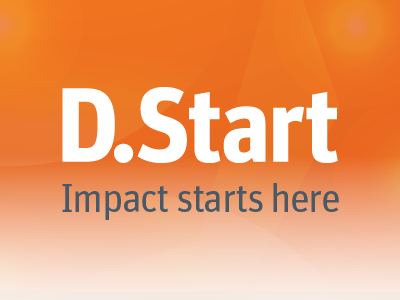First 12 firms graduate from D.Start

Twelve Australian research teams and Small-to-Medium Enterprises (SME) have reaped the benefits of a Defence program designed to help them identify real-world applications for their science or technology. The eight-week D.Start program is delivered under Defence’s Next Generation Technologies Fund in partnership with CSIRO. It helps research teams and small businesses develop their entrepreneurial skills and validate their value in the Defence market.
Minister for Defence Industry Melissa Price said D.Start gave vital guidance on how participants could attract the resources they need to translate their science and technology to capability.
“D.Start is aimed at connecting emerging and future technologies with Defence, potentially providing game-changing capabilities for Australia’s defence and national security,” She said. “Teams received support to test pathways for their research, knowledge or technology through a process of customer discovery and market validation.
“Entrepreneurial and business models built during the program ensure they’re working on the right problems, targeting the right markets and capitalising on the best opportunities.”
To date, 12 new ventures have been created by D.Start alumni teams through the CSIRO ON Accelerate program, including Silentium Defence, who were awarded a $2 million contract in March 2020 and a $3.5 million contract in October 2020, to continue development of its ground-based passive surveillance technology.
The 12 teams who completed the Spring 2020 program were:
- Seeing in deep water:led by La Trobe University – Victoria, this project aims to develop a real-time underwater video enhancement technology, which will be a stand-alone, low-power embedded system.
- SensaWeb, Queensland: commercialising the world’s first scalable real-time radiation monitoring and reporting system, revolutionising the current manual processes for the multi-billion dollar radiation, nuclear and environmental monitoring systems for industries including health, medicine, nuclear energy, mining, defence and research.
- Voyager Lungo:led by Fastwave – Western Australia, this project aims to provide a sovereign capability for air-launched, satellite-equipped tracking buoys suitable for remote vessel detection over extended periods of time. Further, Voyager Lunge aim to build an air-launched, ocean drifting device capable of being fitted with a range of third-party sensors for Defence, industry, environmental and research purposes.
- Tidetech,Tasmania: utilising their existing technology, Tidetech aim to automate metocean data transfer between shore and ship and apply it in the navel setting to speed up the process of decision making at sea and ashore.
- A9-ESM, Australian Capital Territory: led by Awgis9, this project delivers the entire intelligence, analytics, cyber operations, architecture, detection, response, compliance, and risk capability into a single platform. This approach ensures visibility through the entirety of the environment, utilises information efficiently to enable faster decision making and response times, reduces the overall FTE footprint and is saleable for varying size and numbers of systems.
- Osmotic propulsion of watercraft:led by Western Sydney University – New South Wales, the team has conceptualised an osmotic engine with no moving parts, rendering it silent and thus suitable for use in covert operations.
- Sentio IQ:led by Ravinn – Queensland, this project explores the use of immersive spatial simulation technologies (Augmented Reality, Virtual Reality and Mixed Reality) to create solutions that enable cyber situational awareness and enhance cyber security training.
- DroneShield, New South Wales: the aim of this project is to build a Deep Learning-based software system enabling faster, more reliable detection of new Radio Frequency (RF) Signals of Interest for Defence, governmental, and security end users.
- SightGraph:led by AddAxis – Australian Capital Territory, the team aim to offer capability that can respond to grey-zone activities by modelling diverse data sources, detecting disinformation and information operations by adversaries, and predicting the effectiveness of offensive information warfare campaigns.
- Sonic Skunkworks:led by Swinburne University of Technology – Victoria, this project proposes a one-stop solution for battlefield spatial hearing (localisation and awareness) for crews operating Armoured Fighting Vehicles.
- Biological passports of mental and physical health issues in serving and post-service personnel:led by CSIRO – Queensland, this project works to identify optimal performance biomarkers, allowing tailored approaches towards developing enhanced human performance.
- Matrix Composites & Engineering, Western Australia: this seeks to adapt three phase syntactic buoyancy to defence applications and provide a disruptive option for the extra-large unmanned undersea vehicle (XLUUV) market.
For further information regarding the Next Generation Technologies Fund and the D.Start program visit: https://www.dst.defence.gov.au/NextGenTechFund/dstart.
